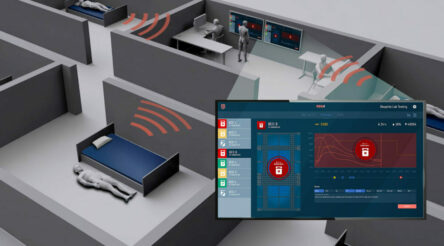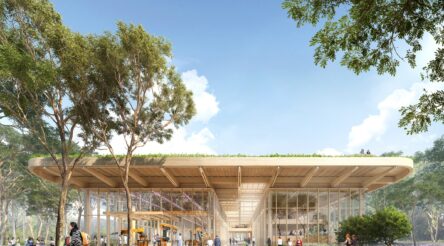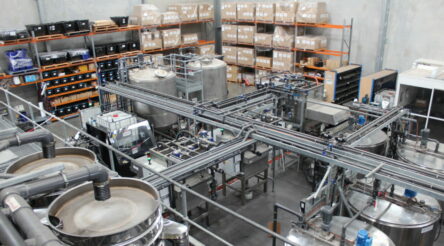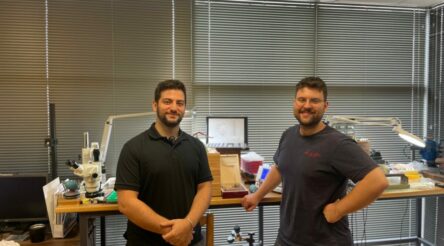Moon-bound manufacturer says prestige projects help remedy skills shortages
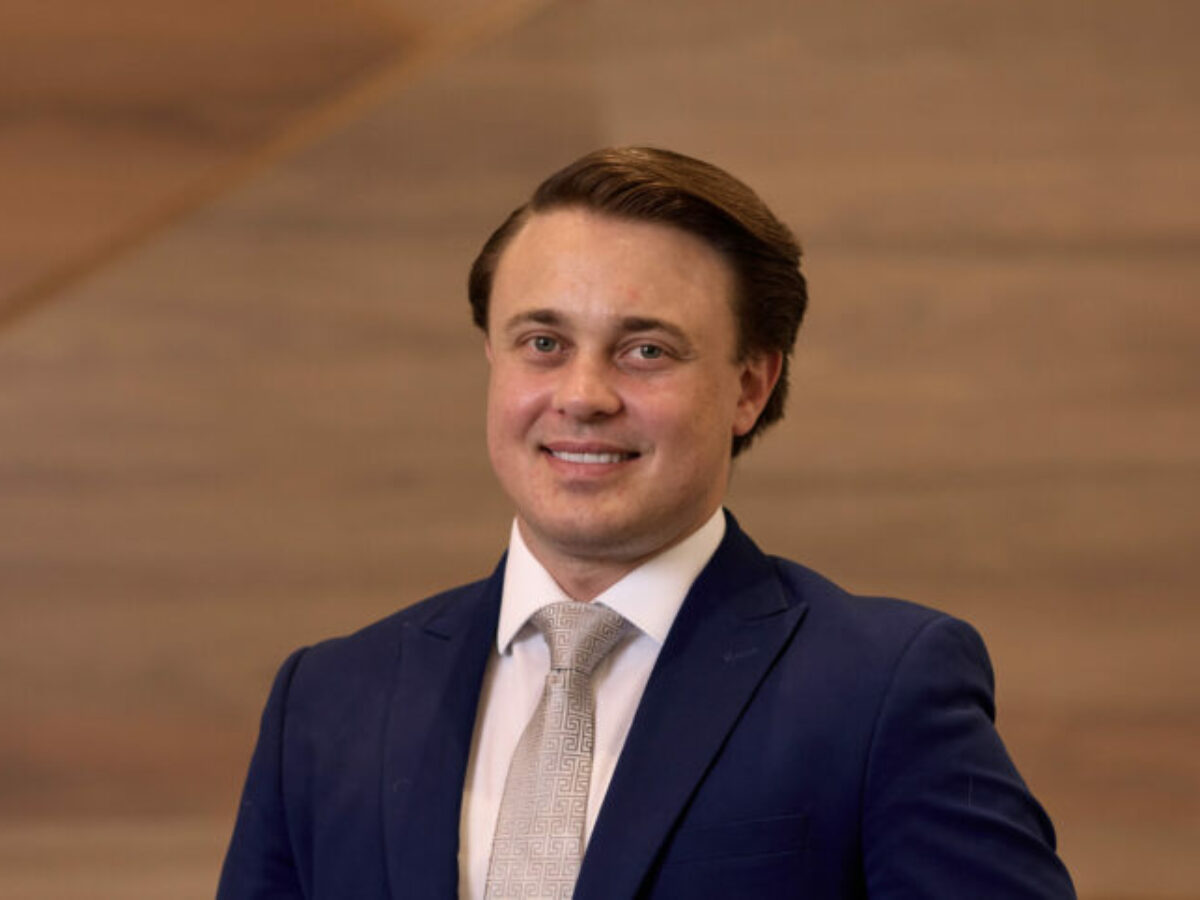
Not every mechatronics engineering student gets to have a billion-dollar idea. Xavier Orr did.
It was the second-half of the 2000s, before the explosion in machine learning led by AlexNet and Google Brain. Rather than image classification, Orr was studying a neural network alternative to the Kalman filter. Kalman is an algorithmic technique used since the 1960s to take the errors out of sensor information.
Applied to inertial navigation, Orr’s idea gave huge improvements in accuracy, and he dropped out of his PhD to commercialise the work.
Last month the eventual result of this, Advanced Navigation, opened a factory at UTS Tech Lab in Botany to make products including digital fibre optic gyroscopes for customers such as Google, Airbus and Apple.
Orr won’t comment on reports a recent Series B valued the company at about $1 billion, but says the factory has capacity to make about $3 billion a year of products.
He credits success in attracting investment to having hard-to-copy IP.
“You hear this moat terminology in the investment space, and what it really means is – moat was obviously the water around the castle back in the olden days that would stop people getting through,” Orr tells @AuManufacturing.
“Still we’re the only company to have neural network-based navigation systems on the market. So I think that moat is a key part of our journey.”
R&D accounts for 20 per cent of revenues, according to Orr, and is based on a mission to “be the catalyst of the autonomy revolution.”
Three major planks are in software to control fleets of drones for 3D mapping, a project to assist vision-impaired commuters navigate underground train stations (where GPS doesn’t work) based on ultra-wideband signals, and lidav-based (Light Detection, Altimetry and Velocimetry) sensing.
The latter is being used on lunar vehicles by Intuitive Machines on its Nova C lander, allowing it to detect a piece of ground stable enough to safely land on. The American company has set a launch window beginning January 12 next year for its IM-1 mission.
 According to Orr, meaningful projects have been an advantage in attracting technical staff in this era of skills demand generally outstripping supply.
According to Orr, meaningful projects have been an advantage in attracting technical staff in this era of skills demand generally outstripping supply.
“I think we see some shortages in areas, but I think the difference [is that] our employees are really excited about the technology that we’re developing and the impact it has,” he says.
“And so that ability to excite people really means we haven’t probably had as much difficulty in the hiring space at some other companies have had.”
In this episode of @AuManufacturing Conversations with Brent Balinski, Orr tells us about the company’s story so far, the new factory, how they approach projects with universities, and more.
Episode guide
0.25 – Neural network-based navigation systems based on PhD research.
1:35 – Deciding on a stream at university while studying mechatronics and computer science.
2:12 – The big idea: a neural network-based alternative to the Kalman filter.
3:40 – Starting a company with co-founder Chris Shaw.
4:56 – Why they chose the co-CEO model. “You can cover double the territory” but it requires a deep level of trust.
5:51 – The first product, landing their breakthrough customer – Bombardier – about half a year after getting started, and what was behind getting acceptance by the market.
7:44 – Bootstrapping the company with loans and credit cards and getting their first major investor – Our Innovation Fund – about five years in.
8:55 – Taking “a little bit of an unusual path” in not relying on mentors when getting started.
9:50 – The secret to their healthy-sized venture funding rounds.
10:50 – Different sites: two facilities in Sydney, photonics in Canberra, radio research in Newcastle, UAV research facility in Brisbane and Perth underwater research and manufacturing facility.
11:28 – Size and capacity of the company.
12:10 – The benefits of shared infrastructure at UTS Tech Lab.
13:40 – The major projects Advanced Navigation is working on now.
15:35 – Moon mission
16:26 – Dealing with radiation and vacuum in developing lidav for space.
17:22 – Only four companies in the world can make strategic-grade fibre optic gyroscopes.
18:46 – Supply chain considerations.
20:26 – What steers R&D and how.
22:20 – Why their collaborations with universities have been successful. Where have things fallen over in other instances, what’s different for Advanced Navigation, and what was the role of IP arrangements.
24:02 – The talent shortage and how they’ve addressed this.
24:50 – What their workforce looks like.
25:30 – High-tech is the key for re-growing manufacturing.
Main picture: supplied
Further reading
Advanced Navigation opens Sydney robotics facility
Advanced Navigation, Quantx Labs among seven defence grant recipients
Advanced Navigation unveils subsea robotics centre
Advanced Navigation to ensure safe Australian moon landing
Advanced Navigation aims to be first Australian to the Moon
@aumanufacturing Sections
Analysis and Commentary Awards Defence Manufacturing News Podcast Technology Videos







